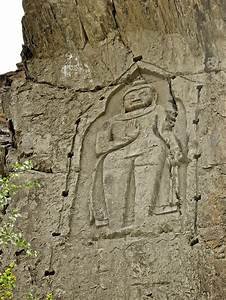
Kargah Buddha
Kargah Buddha

Kargah Buddha, locally named as Yshani, is an archaeological site estimated to date back to 4th - 7th century is located about 6 miles (9.7 km) outside Gilgit City. It is a carved image of a large standing Buddha, some 50 ft (15 m) high, in the cliff-face in Kargah Nala. It is the most admired short duration outing place from Gilgit city.
From the 3rd to the 11th century, Gilgit was a significant center of early Buddhism, with various powers, such as the Tibetan Empire, the Kashmiri Karkota Dynasty, and the Umayyad and Abbasid caliphates, competing for control. In 1931, a Buddhist monastery and three stupas with Sanskrit manuscripts were excavated nearby. By the 11th century, Gilgit had evolved into the autonomous kingdom of Dardistan before largely converting to Islam.
It is estimated that the carving was completed in the 7th century. It was discovered in 1938-39, following the discovery of the Gilgit manuscripts in 1931. According to local legend, the figure is actually a man-eating giantess or witch (yakshani) who terrorized the local residents and was ultimately pinned to the cliff by a famous pir (holy man named Dayal Khimocho) as punishment. However, according to the visiting Buddhist tourists, this story of local legend is not based reality.


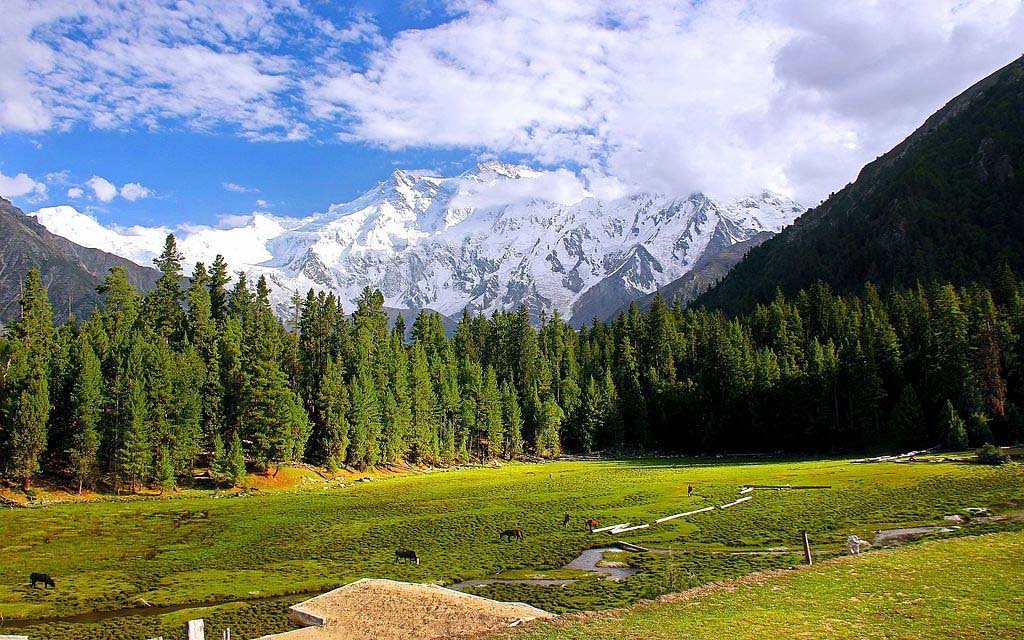

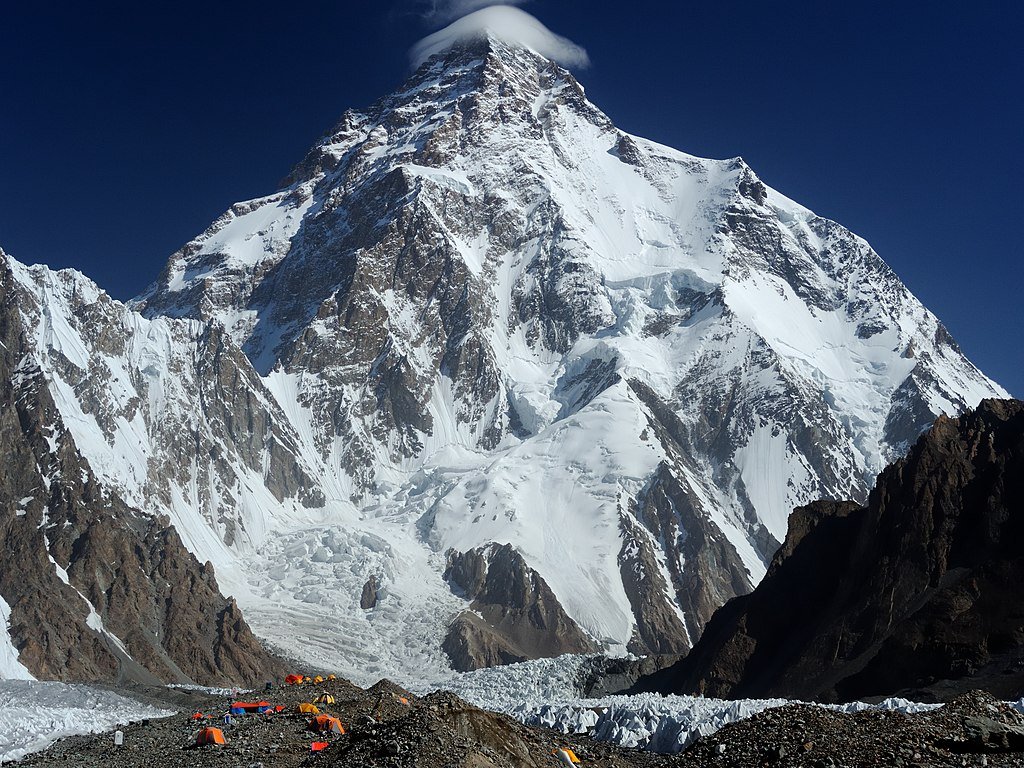
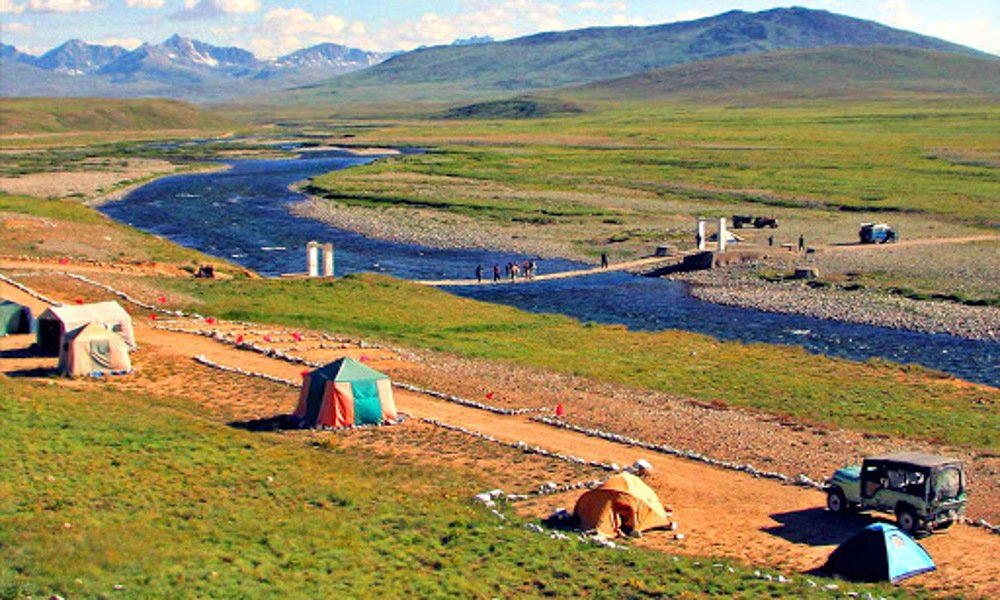

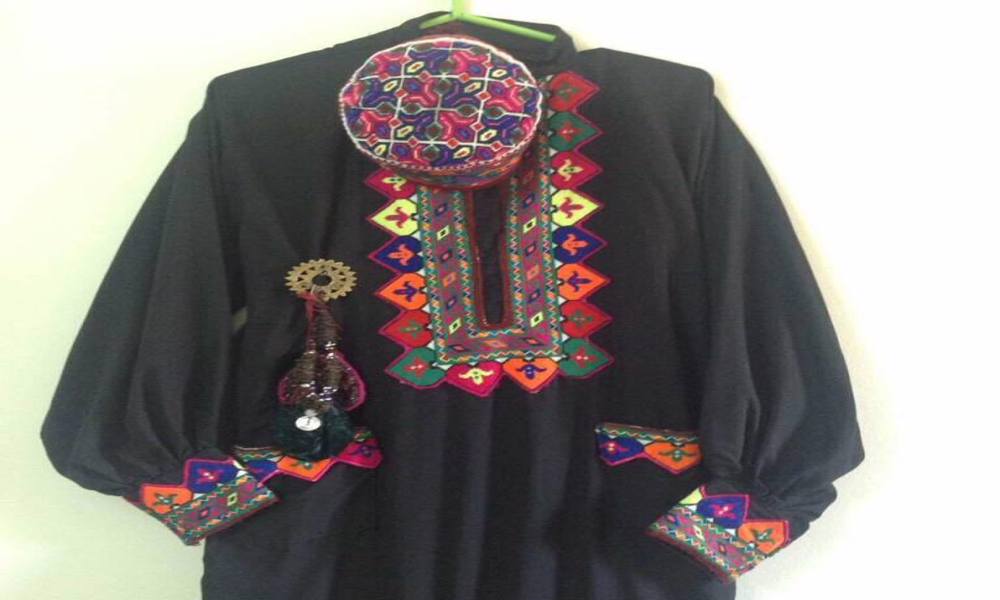
eee 23 August, 2024
eeeeeeeeee
eee 23 August, 2024
eeeeeeeeee